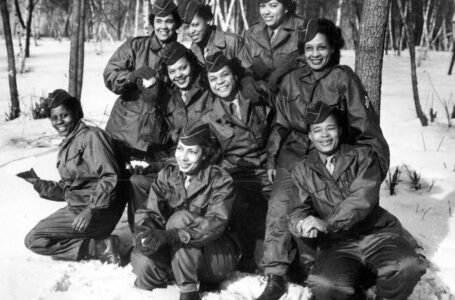Banarasi Sarees – Weaving the Gold
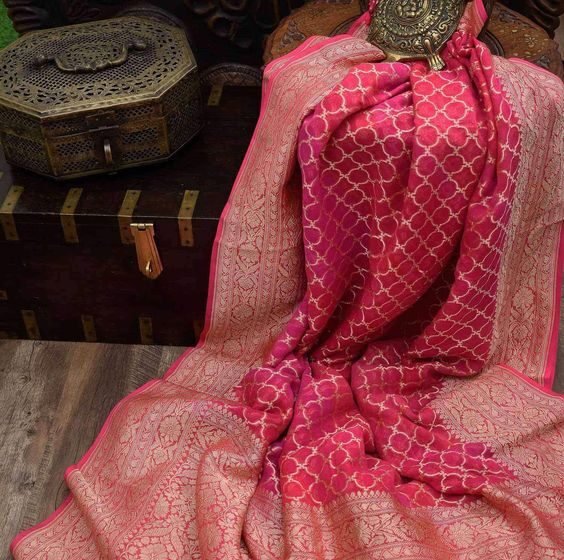
Banarsi sarees: Dreams of every Indian woman, must have in their wardrobe.
Every Indian bride’s global goal of sporting the Banarasi sarees on a massive day because it makes them appear to be a princess. Banarsi saree is the most lovely ethnic wear cherished by way of each Indian lady. It is not the handiest popular among the bridal put on in Indian weddings however girls from all over India showcase their social fame. It’s also famous around the world. Banarasi sarees are known for the handwork embroideries of zari gold and silver with natural silk, it is available in special design sample and material and has a wide variety of options for every specific event. Banarasi saree is not best made in MadanPura and Alaipura but additionally made in various Varanasi districts like NatiImli Lallpura Chittanpura Ramnagar, Dulahipur, Pilikoth, Cholhapur and Dharsauna.

Banarasi sarees originated from the northern nation of India, additionally called Varanasi/ Banaras or Kashi. Banarasi sarees are the most pricey sarees in India acknowledged for their texture, motif and uniqueness. Banaras or Varanasi is the most historic city in India located on the bank of the river Ganga. The name Varanasi came from the 2 tributaries of Ganga known as Varuna and Assi. Banaras is well-known for its homemade textile and has a non-stop culture inside the cultural records of India. Kashi has been acknowledged from the stories of Jataka Buddhist records. In line with Jataka tales the Kashi country turned into a most important producer of cotton and silk in the 5th or sixth century BCE. In line with Pali literature, Banaras is defined as the maximum reputed centre for textiles and is known for kasiya and Kasikuttaman.
Kashi keeps flourishing as a nearby capital beneath the Nanda, the Maurya and the Sunga. The well-known author of Patanjali within the 2nd century B.C.E describes kashika textile inside the sunga period as Kashi became of better exceptional and more luxurious than the same material of Mathura. The material Kashi is excellent to the touch and delightful to the eyes. When prince Siddhartha became a Buddhist monk he take away his royal silk street a few of the exceptional weavers of Kashi created and took the sporting Earth-toned robe known as kasayani vastrani. The Mughal dynasty delivered Banarasi silk within 12 months from 1000 to 300 BC. It is discovered inside the Rig Veda that Banaras is thought of weaving Hiranya cloth. Hiranya fabric is made from gold zari. From 1500 to 500 BC, the Vedic textual content mentions weavers as tantuvayas, meaning a person who makes cloth of diverse types along with cotton silk and brocade.
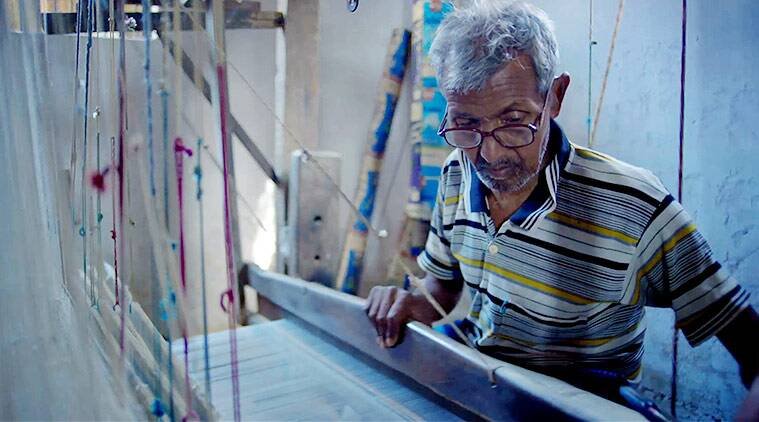
Brocade is the go-back-and-forth woven material with broads and raised outcomes a sure example of human ability and creativity it’s far definitely not a clean manner so long as the ordinary wrap and weft yarn. In this manner, a third yarn is added with the usage of close up and the design has created the use of punch cards due to contemporary strategies brocading is executed on jacquard looms. Brocades in Banarasi sarees a largely made in types kadhua and Fekuan Banarasi brocade.
Kadhua is a discontinuous brocade where each motif is individually protected by means of the weaver. There’s a non-floating or extract weft in the back of this fabric. It’s miles the maximum tough brocading approach that calls for tremendous handwork and finesse.
Fekuan is a continuous brocade in which the motives run from quit to cease of the simple weave. There are free yarns on the wrong facet of the brocaded material, these years are commonly reduced earlier than the material is finished.
Banarasi sarees require 5600 threats every 45 inches broad the weaver builds a base that is at least 24 to 26 inches long the designs are decided at some stage in the bundling degree imprinted on a photo paper then the very last sample is selected and punch cards are synthetic. Masses of Pre floated cards are made to house single saree designs exceptional shades and threads are used to knit the pre-floated saree. Usually, take 15 to 30 days to finish the weaving of the Banarasi saree and 3 waivers are required for the introduction of the saree. One week the saree the second handles the revolving ring that is making the bundles and the third one assists in border designing. There are unique categories for Banarasi saree like Tissue, Butidar, Cutwork, Tanchoi and jangal. Tissue sarees are the zari brocade upload sheen to the saree, it looks as if golden cloth, it’s far a mixture of zari and silk.
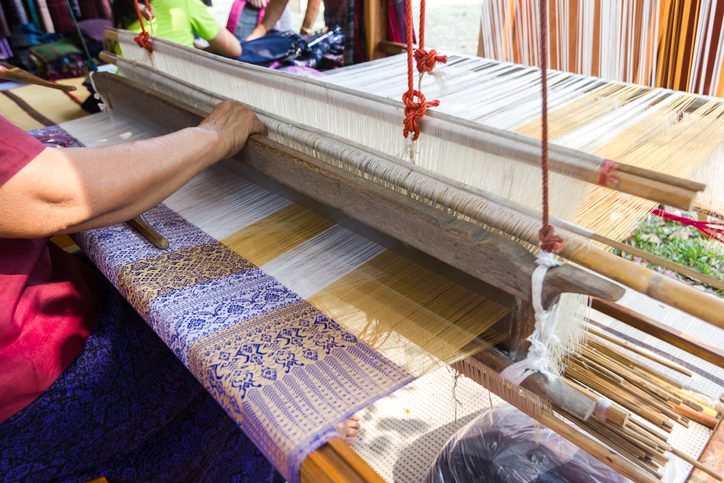
Butidar sorry are the canine blue silk saree brocaded with the thread of silk silver and golden in an unfavourable manner. Due to the darkish and shade of the gold and the light and colour of the silver it has been referred to as Ganga and Jamuna.
Cutwork saree is the approach on the plane texture which is achieved after the removal of fluted thread. This saree gives a staggering and glowing transparent look. They may be much less pricey. It has leaves, Jasmine, creepers, and marigold flower motifs on it.
Tanchoi sarees are woven of colourful weft silk Yarn and embellished with a big cause of paisley and the border has a chris move pattern Jangla saree has colourful silk thread to reveal the beauty of nature and joyful celebration, with the integrated sample of jungle motifs.
There are 4 important fabrics for Banarasi sarees that are Georgette, shattir, organza with zari silk and Katan Georgette, a high-quality cloth made of crepe yarn interwoven with each warp and wefts. It’s miles Popularly used for salwar kameez and designer clothing.
Shattir cloth is used for a lovely modern and special Banarasi saree.
Organza is known for its richness, the material with the most stunning brocade sample and design which might be warped and weft with golden-covered silver thread around the silk yarn to produce very brocade. Katan is a plain fabric that has woven natural silk thread to make a natural silk saree.
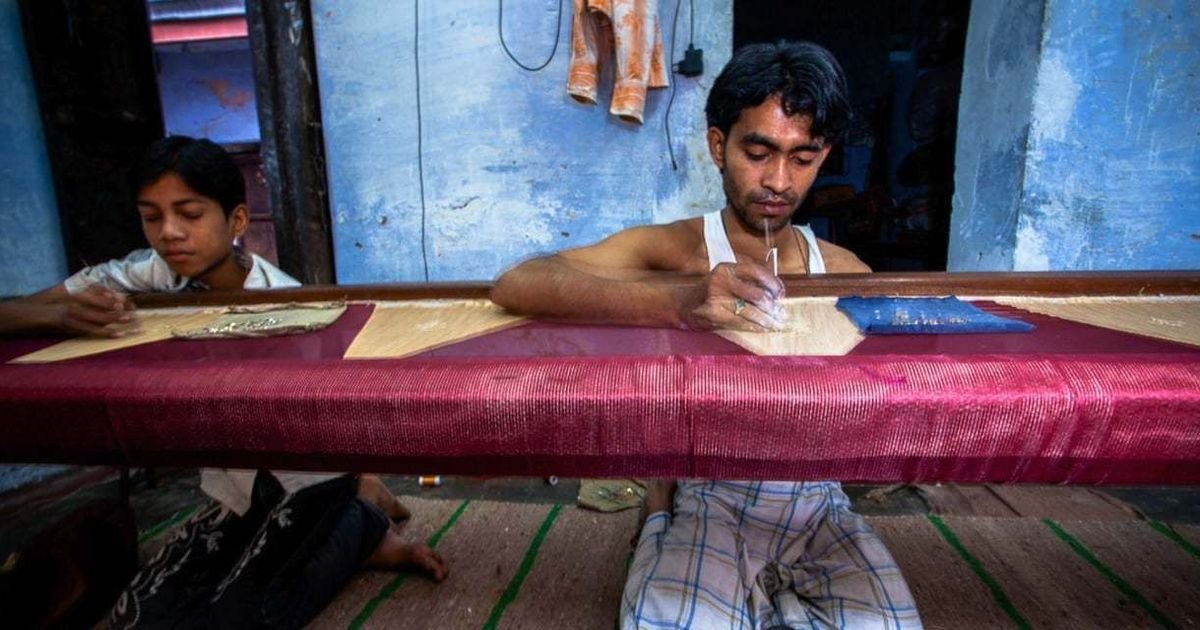
India is smore than 200 nations around the arena, and the demand is increasing econd after China in the production of silk. India exports silk to greater than 200 nations around the arena and the demand is increasing in particular in Europe and the USA. Banarasi silk sarees are recognised globally due to their precise patterns and difficult layout. Bollywood celebrities and popular personalities are now sporting Banarasi saree for their wedding and unique activities and capabilities. It’s miles a must to have inside the wardrobe. Mughal influences have been the most powerful that might be seen within the sarees as in motifs. The combat to hold the Banarasi saree alive saw an excellent victory in 2009. Opposition from the machine lead industries and the brand new age of weaving no longer require artisans. However, the ruling of 2009 declared that sarees and brocades coming from everywhere apart from the 6 districts of Azamgarh Jaunpur Bhadohi Mirzapur Chandauli and Varanasi could not be eligible on the market under The status call of Banarasi saree in silk. Each enterprise and artwork within the global of Banaras needs innovation at the same time as old technical talents continue to be untouched and more recent elements are included. The silk continues to the vicinity and the ancient city keeps serving its superb cause.


